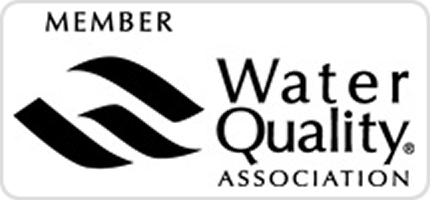Did you know a person couldn’t last more than five days without water? You need enough water to replace what you lose daily through urination, sweating even exhaling. It’s clear that you need to stay hydrated, but is the tap water in your home safe?
The United States has one of the safest water supplies in the world. Although your tap water is regulated by the Unites States Environmental Protection Agency (EPA), water varies from place to place. Depending on the condition of the source water from which it is drawn and the treatment it receives, but it must meet EPA regulations. Even though tap water supplies are considered to be one of the safest in the world, water contamination can still occur.

Water Quality: Sources of Contamination
Drinking water that is not properly treated or which travels through an improperly maintained distribution system may create an environment for contamination. Other sources of contamination are the following:
- Naturally occurring chemicals and minerals (such as arsenic, radon, and uranium)
- Sewage releases
- Local land use practices (fertilizers, pesticides, livestock, concentrated feeding operations)
- Malfunctioning on-site wastewater treatment systems (septic systems)
- Manufacturing processes (heavy metals, cyanide)
Safety and Quality of Water
Well Water: a private well is the primary source of drinking water for one out of every seven Americans. Private wells aren’t regulated by the EPA. Well water safety can be affected by many factors, including: how the well was built, where it’s located, how it’s maintained, the quality of the aquifer supplying the well, and human activities in your area.
Bottled Water: Although there isn’t the same guarantee if safety with bottled water as there is for water in your tap. The FDA regulates bottled water as a food – which means it requires identification of the source, regulates allowable levels of chemical, physical, microbial and radiological contaminants, requires Good Manufacturing Practice standards for boiling and bottling, and regulates labeling. However, the FDA doesn’t have the ability to oversee mandatory testing program like the EPA does with public water suppliers. Although it can order a bottled water recall once a problem has been found, there is no guarantee that the bottle of water you bought is safe.
Tap Water: Contaminants in the Pipes: Your tap water can become contaminated as a result of breaks in the water line. Lead can get into the water from pipes. “Lead-free” pipes can still contain as much as 8% lead.
Health Effects of Drinking Contaminated Water
The presence of certain contaminants in our water can lead to health issues, including gastrointestinal illness, reproductive problems, and neurological disorders. Infants, young children, pregnant women, the elderly, and immunocompromised persons may be especially susceptible to illness.
Reference: epa.gov

